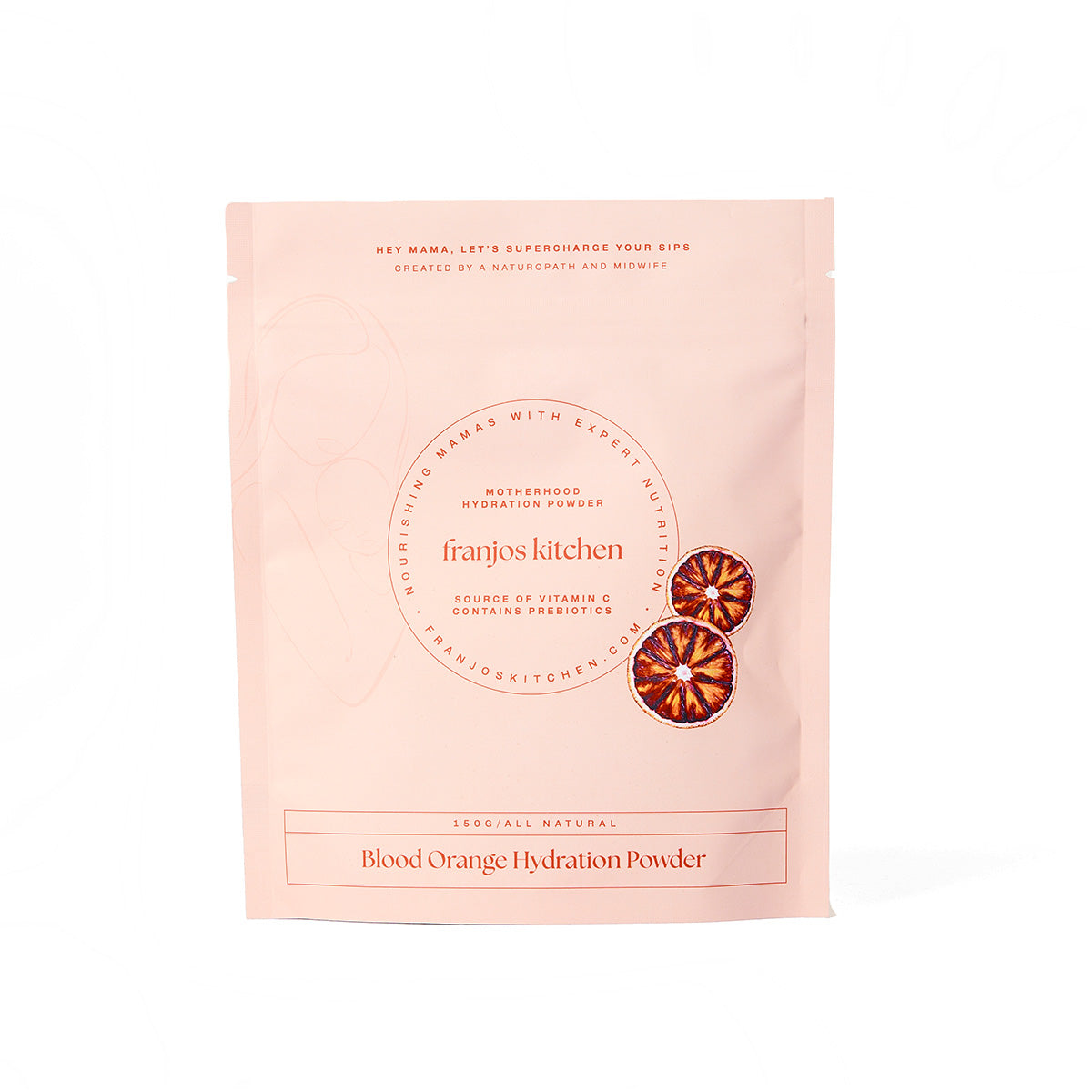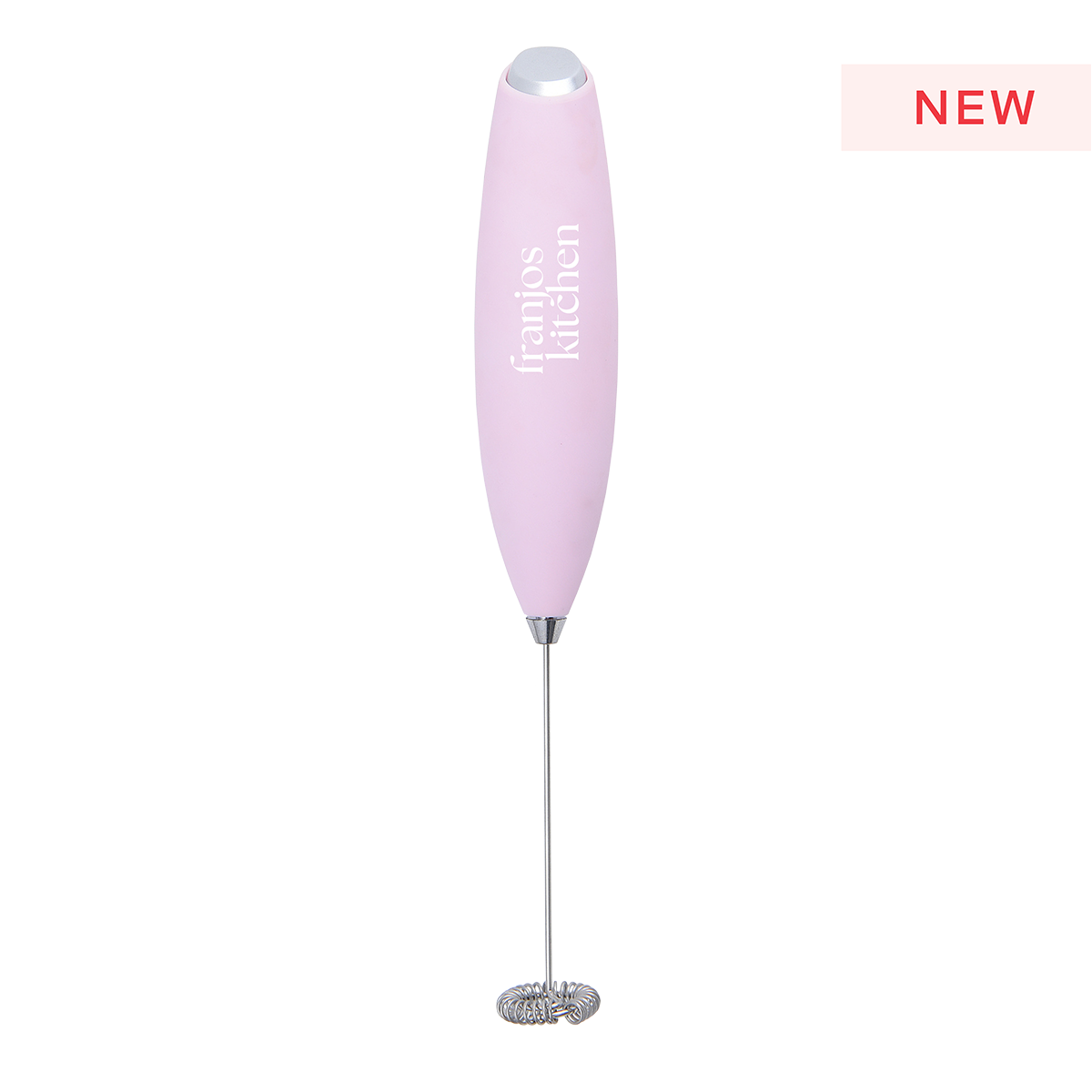Blocked Milk Ducts
Let’s chat about blocked milk ducts! Often pesky, annoying and unpleasant!
It can be normal to have swollen breasts in the first few weeks of breastfeeding due to your milk coming in, but no lumps bigger than the size of a pea. If you’re feeling well and you have a sore lump in your breast, it’s probably a blocked milk duct. Having a blocked milk duct or clogged duct, is a common breastfeeding problem in the postpartum period. Recognizing the early signs of a blocked milk duct is important. With some simple actions, you can improve the blocked ducts before they get worse. If you are exclusively pumping for any reason you can still experience a blocked milk duct and this information is also relevant to you.
What are blocked milk ducts?
A milk duct carries breastmilk from deep inside the breast to the nipple opening for your baby to drink. Blocked milk ducts are simply milk ducts in the breast that become blocked for a range of reasons, but mainly because the breast hasn’t been drained well. The blockage in the milk duct will feel firm and tender and prevent milk from flowing through that duct. Therefore, your breast may be engorged or swollen in the area behind the blocked duct due to the build-up of milk. Your baby may be fussy when feeding from the affected breast as the milk may taste different due to increased sodium levels, and the flow of your letdown may be reduced.
The main signs of a blocked milk duct are a sore lump in one part of the breast and engorgement around the lump. The lump or breast shouldn't be red, hot to touch or cause flu-like symptoms including a fever- if these symptoms are present you may have an infection called mastitis. If you think you have mastitis, you can follow the same recommendations as below but also see your GP as soon as possible.
How can you prevent blocked milk ducts?
Keeping your breasts well-drained is most important in preventing blocked milk ducts. Blocked milk ducts can be caused by anything from missing feeds to wearing a bra that is too tight.
Ways to prevent blocked milk ducts include:
What can you do to improve blocked milk ducts?
Below are some simple yet effective recommendations for before, during and after breastfeeding or pumping, to help resolve blocked milk ducts.
If you try these actions to unblock your milk duct and there is no improvement, seek support and advice from one of the following; midwife, lactation consultant, child health nurse, GP or Australian Breastfeeding Association (ABA) counsellor on the National Breastfeeding Helpline.
Before breastfeeding:
- Ensure you are frequently breastfeeding or pumping (don't stop emptying the breast that has a blocked duct)
- Apply warmth on the blocked milk duct with a cloth or a warm shower 10 minutes before feeding
- Gently massage the affected area downwards towards your nipple
During breastfeeding:
- Begin breastfeeding or pumping on the affected side first
- While breastfeeding, continue to firmly massage the lump towards the nipple
- Avoid tight clothes or bra pushing on your breasts and restricting drainage of milk
- Ensure bub has a good attachment to effectively empty the breast
- Change positions so that your baby’s nose is facing towards the blocked duct to make it easier to loosen the milk and drain the duct
- Try relaxation techniques to allow your body to have a quicker letdown reflex
After breastfeeding:
- Apply an ice pack or frozen cabbage leaf to the area which will help relieve discomfort and inflammation
- If needed you can hand express or use a pump to completely empty the breast
- Use your Haakaa breast pump with warm water and epsom salts in it to assist dislodge and clear the blocked duct
- Ibuprofen and paracetamol can work well to decrease pain and inflammation if needed
- Remember, if you are concerned that the blocked duct is getting worse or need any support, chat with a lactation consultant or your GP
Blog by midwife Aliza Carr from Bumpnbub.
Image by @rachelgray___



